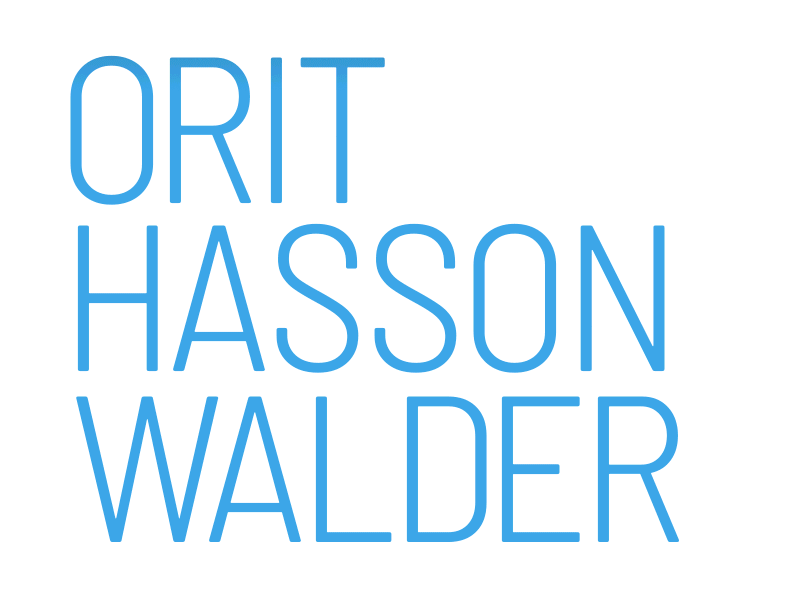curator | Gilit Fischer
Now you remember?
Danielle Zilberberg
In her exhibition “P.S. I just remembered,” Orit Hasson Walder creates an imaginary and realistic dialogue between details of memory both present and absent.
Orit Hasson Walder, an artist who has been exhibiting in Israel and abroad for over 20 years, is asking numerous questions in her new exhibit at the Heder Gallery in Tel Aviv, “P.S. I just remembered.” The issues she raises are about memory, doubling, the unity of time and the continuity of the story we tell ourselves. But, beyond these questions, she also asks what can we do with simple, basic tools, such as a pencil and watercolors, in an era so overloaded with photographic images and films.
Hasson Walder’s paintings express deep frustration at the impotence in not being able to recreate a continuous whole from memory as well as from the painter’s methodical attempt to create a significant image in a world so suffused with images from cameras. It seems that all that is missing in the exhibit to unify the pictures is a roll of film to tie all of the isolated visions in one uniform, moving roll. This same lack is found in the paintings themselves, most of which emphasize in one sense or another what is out of place. “There are many processings of memory,” Hasson Walder states as she talks about the works. “I reload it and find only wordless images that jump up and don’t leave me alone, so I finally put them in, with a bit of skepticism.” It’s possible to think about this random remembering process like the exhibit’s installation, to create cyber-specific unity, in which each pressing on a link sends you to a different world but does not disrupt the experience of continuous surfing.
A series of watercolor paintings are hanging in the small space facing a series of pencil drawings. Together they create a “double dialogue,” lke the name of one of the paintings. This is a dialogue between the motifs of doubling, identity, similarity, fiction and reality. The contrast between the glistening and dark colors in the works on one side of the room and the transparency of the pencil drawings facing the watercolors – from a distance they look like delicate engravings on a glass plate – transform the room into a negative, leading the viewer with hesitant, associative steps, between the artworks.
